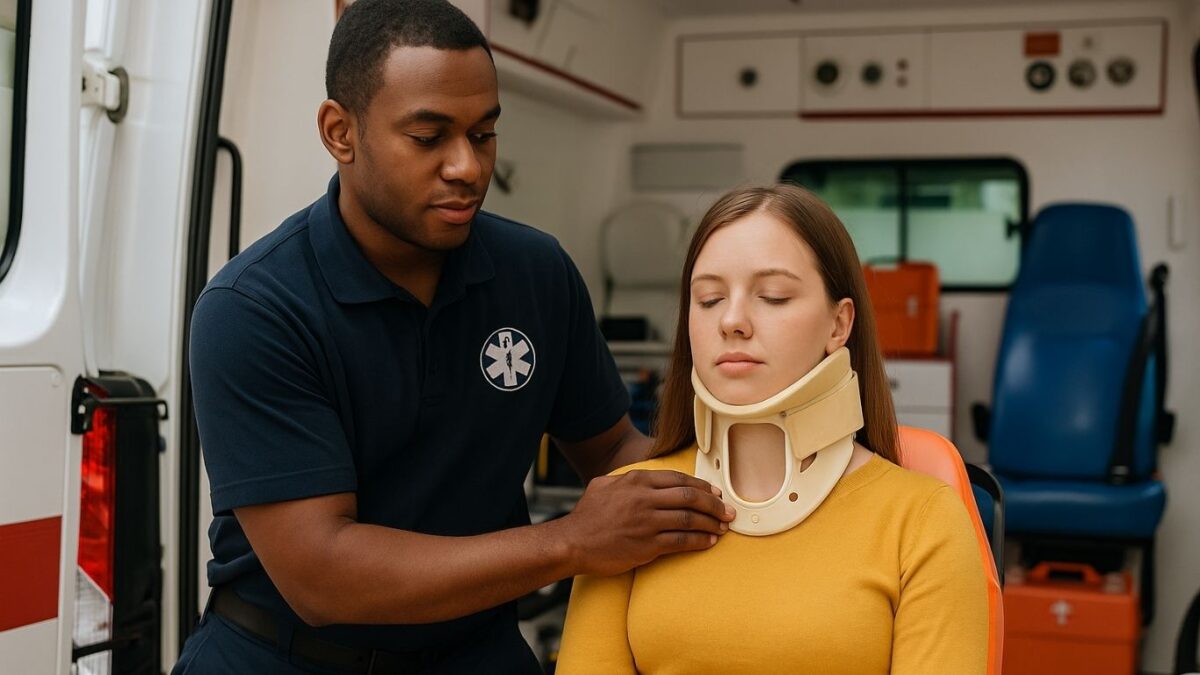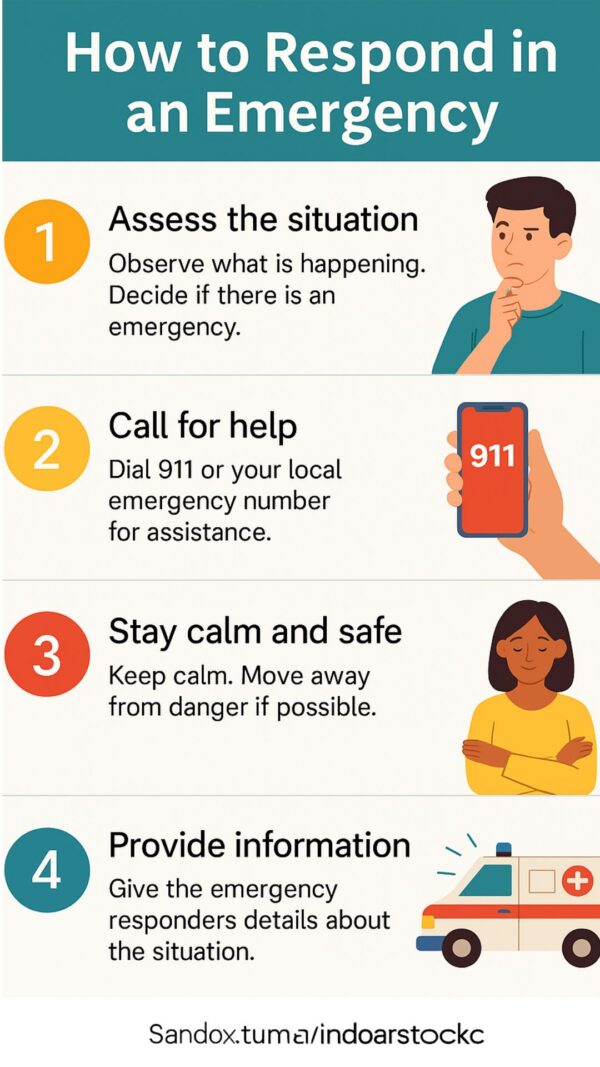Learn how to talk about emergencies in English with vocabulary, song lyrics, and speaking practice. Perfect for intermediate ESL students.

Affiliate Disclosure: Guess what? When you click and buy through our links, you’re doing more than improving your game. You’re supporting us in a way that doesn’t cost you extra but helps us keep bringing you the best drills and tips. It’s a slam dunk for both of us!
Summary: This ESL lesson teaches how to talk about emergencies in English. You’ll learn new vocabulary, listen to a classic rock song, and practice real conversations. Includes worksheets, role play, and grammar.
Emergencies are scary, but knowing what to say can help save lives. In this lesson, you’ll build the English skills to describe accidents, call for help, and support others in crisis situations. This isn’t just a lesson—it could be a lifesaver.
Table of Contents:
- Emergency Vocabulary
- Listening Activity: “Urgent” by Foreigner
- Grammar and Writing Practice
- Speaking and Role Play
- Homework and Exit Ticket
- Free Worksheet Download
- Infographic + Bonus Resources
How Can I Talk About Emergencies in English?
When emergencies happen, knowing the right words helps you stay calm and help others. In English, we use specific vocabulary to describe different emergency situations. This includes calling 911, describing injuries, and talking to paramedics. Learning these phrases gives you the confidence to act fast and stay safe.
Emergency Vocabulary
Listening Activity
🎵 Urgent by Foreigner (1981)
Use the sample worksheet below to complete a cloze listening task using the song lyrics. This song helps reinforce the meaning of the word “urgent” while practicing listening skills. Need help? Practice with EnglishClass101 or Mondly for better listening and pronunciation.
Grammar and Writing Practice
- Complete the grammar worksheet on emergency sentence structure.
- Practice using vocabulary in full sentences.
- Respond to a real-world writing prompt: “Describe an emergency you saw or experienced.”
Speaking and Role Play
Students act out real-life emergency scenarios using role play cards.
Example: One student is a 911 operator.
The other is reporting a house fire.
Helps with fluency, urgency, and polite tone during crises. Want extra speaking help? Practice with a tutor on italki.
Homework and Exit Ticket
- Writing prompt follow-up
- Short review quiz (T/F, matching, multiple choice)
- Dictation with 10 vocabulary-based sentences
Infographic: How to Respond in an Emergency

Free Worksheet Sample
Download the free sample worksheet here:
Chart: Emergency Words and Meanings
| Word or Phrase | Meaning | Example Sentence |
|---|---|---|
| emergency | a sudden and dangerous situation | “Call 911—this is an emergency!” |
| urgent | needs quick action | “This is an urgent matter.” |
| injury | physical harm to a person | “She has a leg injury.” |
| ambulance | vehicle that takes sick people to hospital | “The ambulance is on its way.” |
| accident | an unexpected and unplanned event | “He had a car accident.” |
| unconscious | not awake or responsive | “The man is unconscious.” |
| 911 | emergency phone number (US) | “Dial 911 for help.” |
Final Thoughts
Emergencies don’t wait. That’s why it’s important to learn the English you need—before something happens. This lesson makes it easier to speak clearly, listen carefully, and respond quickly.
What do you think?
Have you ever had to explain an emergency in English? Share your experience or questions in the comments!
I’d love to hear from you.
I always reply.
✅ Buy the full lesson on TPT here
✅ Join the Study Buddy Project
✅ Access Free Resources (email required)
#LearnEnglish #ESLLesson #EmergencyEnglish #IntermediateESL #EnglishVocabulary #SpeakEnglish #EnglishListening #ESLSpeakingPractice #StudyEnglishOnline #EnglishTeacherKBob


Great resource! I really like how this lesson ties in all the skills—listening, speaking, reading, and writing—around such an important topic. The use of role-play and real-world prompts really makes the practice feel practical and relevant.
I had a few questions I wanted to ask:
1.) Is the song used in the cloze listening task available online or do we need to choose our own song that contains the word “urgent”?
2.) Are the role-play cards included in the worksheet download, or should we create our own scenarios?
3.) For the infographic on emergencies—is it designed for beginners, or does it assume a certain level of vocabulary knowledge?
4.) Finally, I was curious—are these materials mainly for adult ESL learners, or are they also suitable for teens?
Thanks again for putting this together. It’s a really useful approach to teaching emergency vocabulary and response skills!
Thanks for your comments. To answer your questions:
1. is readily available on YouTube. Here’s a link:
2. They’re not cards. They’re on a Google doc and PDF. They’re included in the TPT lesson. However, creating your own scenarios are totally okay. The lessons I create are meant to be used either as plug and play or totally editable and adaptable to whatever/however you want.
3. The lesson is aimed at intermediate students but it’s definitely within reach for a beginner.
4. I’m adult education ESL teacher. That is always my target but I label my lessons as not grade specific. I try to keep everything generally relatable to as many people as possible. I think a lot of, if not most of my material is totally suitable for teens. I leave that judgment to you, the teacher.
KBob
This lesson on emergencies is both practical and creative—combining essential vocabulary with a song is a fantastic way to help intermediate ESL students remember phrases when it matters most. I especially appreciate the focus on real-life language—knowing how to communicate distress or request help can truly empower learners. The inclusion of speaking activities and a song helps anchor the vocabulary in a memorable way. I’m curious—do you find that students engage more and retain emergency phrases better when music is part of the lesson, compared to more traditional drills?
Hi Leahrae, thanks for your comments. Yes, many, if not most students enjoy listening to a song and learning about grammar from the song than a book. It adds an element of fun.
KBob